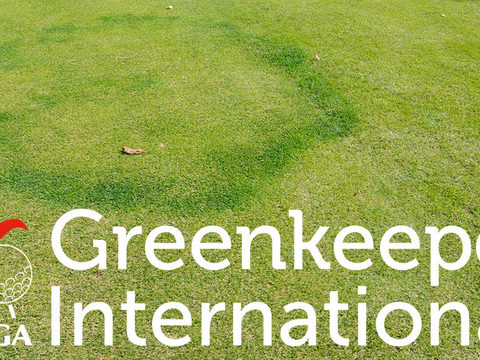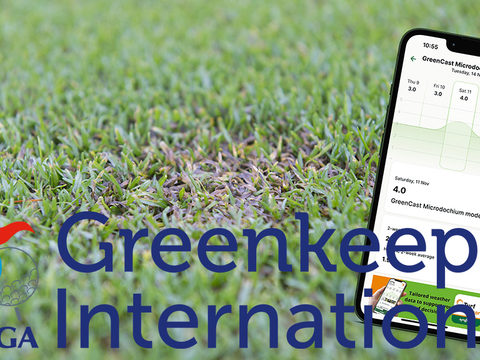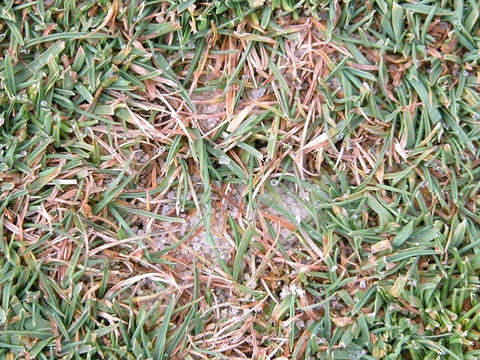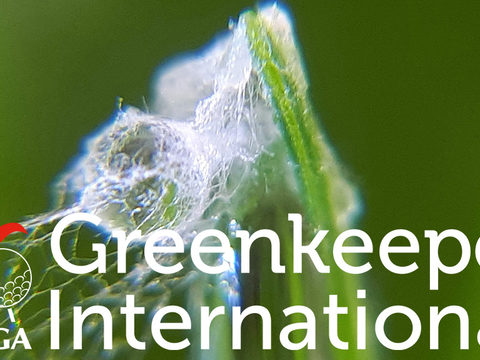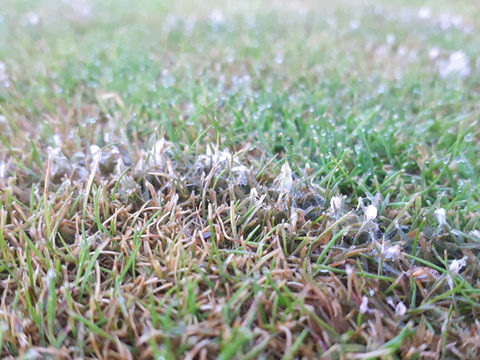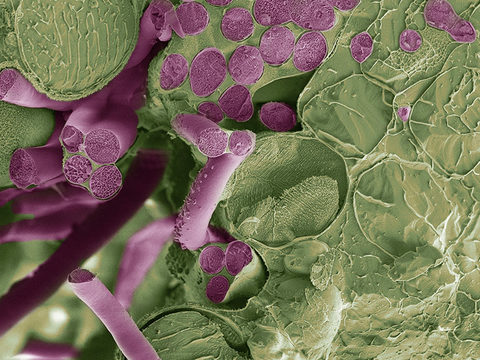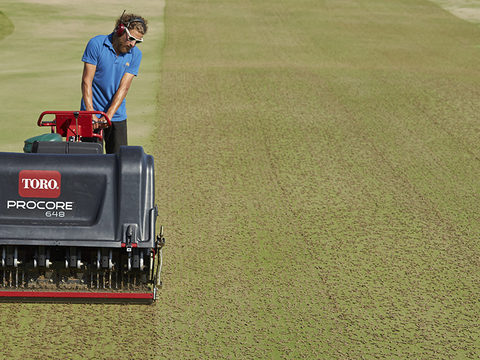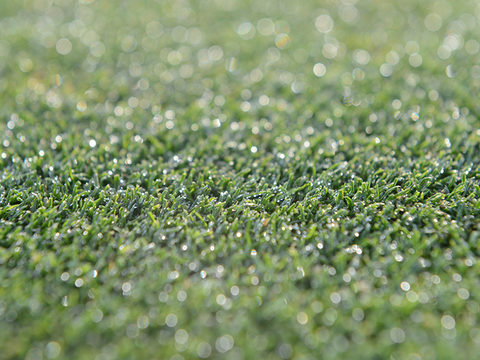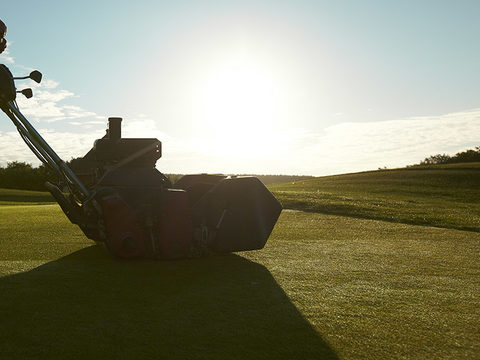STRI advice - From the Outside In disease protection
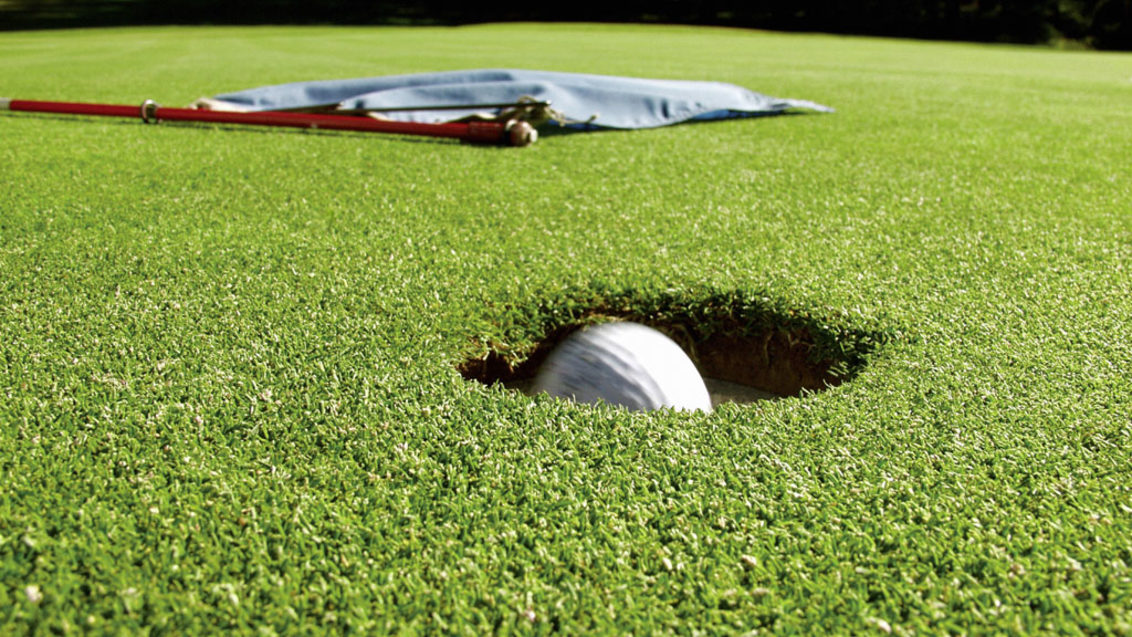
Diseases seem to have been more widespread and severe over the last couple of years, writes STRI Turf Disease Pathologist, Dr Ruth Mann and Research Manager, Dr Tom Young.

Many turf managers have struggled to completely control outbreaks during weather periods particularly conducive to infection and spread. As soon as the pathogen becomes established in the turf, it becomes very difficult to completely eradicate that outbreak, leading to reoccurrence time and time again from the affected areas.
In certain areas of the UK, 2016 winter was probably the one of the worst years for widespread severe disease outbreaks lasting many weeks.
However, such high disease pressure led to the best set of fungicide trials we remember at STRI! If the test fungicides worked here in the extremely difficult conditions we set up for them, then we can be confident that good Turf Managers, investing effort into sound cultural management and well-timed fungicide application, will achieve excellent disease management and will be rewarded with clean, disease free turf surfaces.
Organic matter and excessive moisture holding at the turf surface must be under control through optimal cultural management such as thatch removal, appropriate top dressing, applying optimal nutrients while grass is growing, etc. to ensure you are in a good starting place.
From here, one essential element in achieving optimal disease management is applying the right active ingredients at appropriate times to ensure pathogens are not stealthily infecting your sward before you know it, and leaving you to firefight once symptoms become visible.
There are a couple of good guides to help ensure you predict the timing of conditions conducive to disease infection and spread. For Microdochium Patch (Fusarium), it is warm and humid weather especially at times when fertility is good, such as September/October when soils are warm, nitrogen is being released and air temperatures are cool overnight, allowing heavy dews to form.
Websites, such as Greencast will give predictions of these high risk periods for each area.
For golf courses, an ‘indicator’ green may also be employed. This is the green that seems to always develop disease first. Once symptoms are observed on that green, all greens should be treated to ensure they are all protected before the pathogen can really take hold.
One of the most crucial factors in successful control of Microdochium nivale in turfgrass is the optimal timing of fungicide treatment.
Most fungicidal active ingredients work best when applied preventatively or at a very early curative stage, rather than applied retrospectively at a late curative/eradicant stage when disease is fully established (Figure 1).
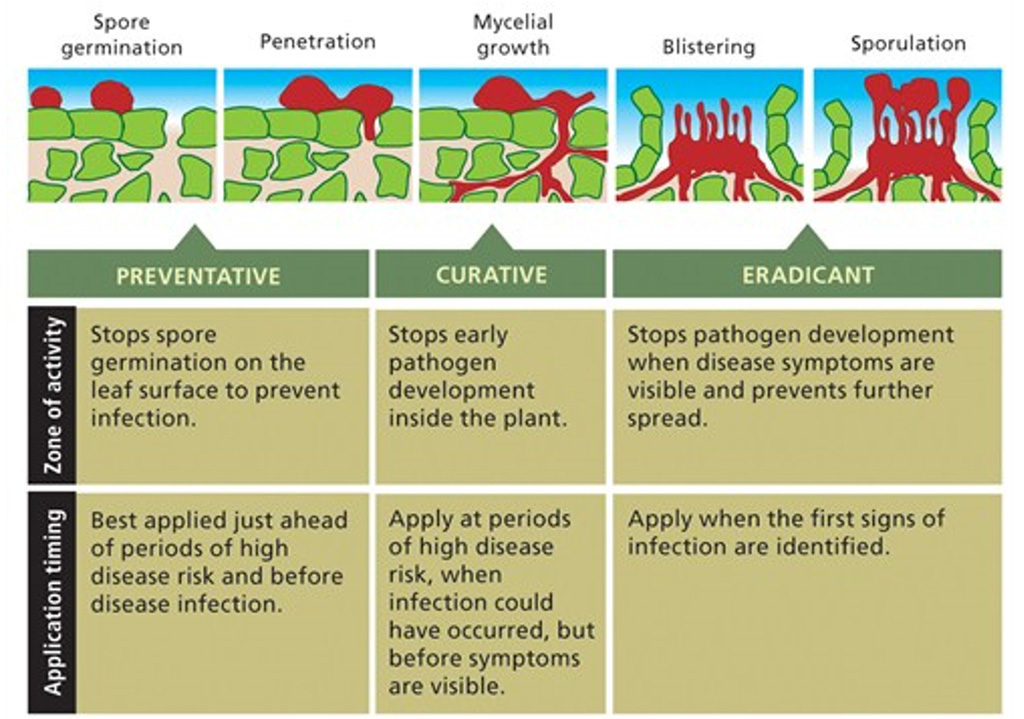
PREVENTATIVE application should occur when weather conditions conducive to pathogen infection and spread are occurring and there is a high chance that spores will be active on the leaf, but before the pathogen has actually infected the grass plant. Ironically, preventative application occurs when the turf looks good, with no disease symptoms visible (Plate 1, below).
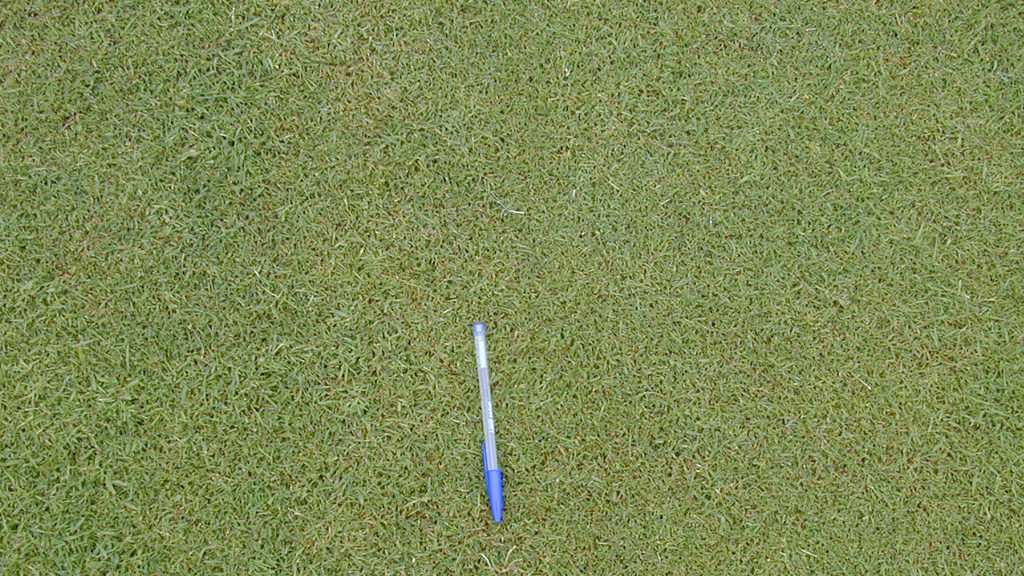
Preventative control, therefore, stops the pathogen before there is any loss in turf quality. Experience of disease occurrence on your turf, as well as frequent inspection of indicator areas and consultation of Greencast website, helps to inform preventative fungicide application timing.
CURATIVE application occurs when the pathogen has germinated or just started to grow into the grass plant. Curative activity really ends at the very first sign of disease (Plate 2 and 3 below).
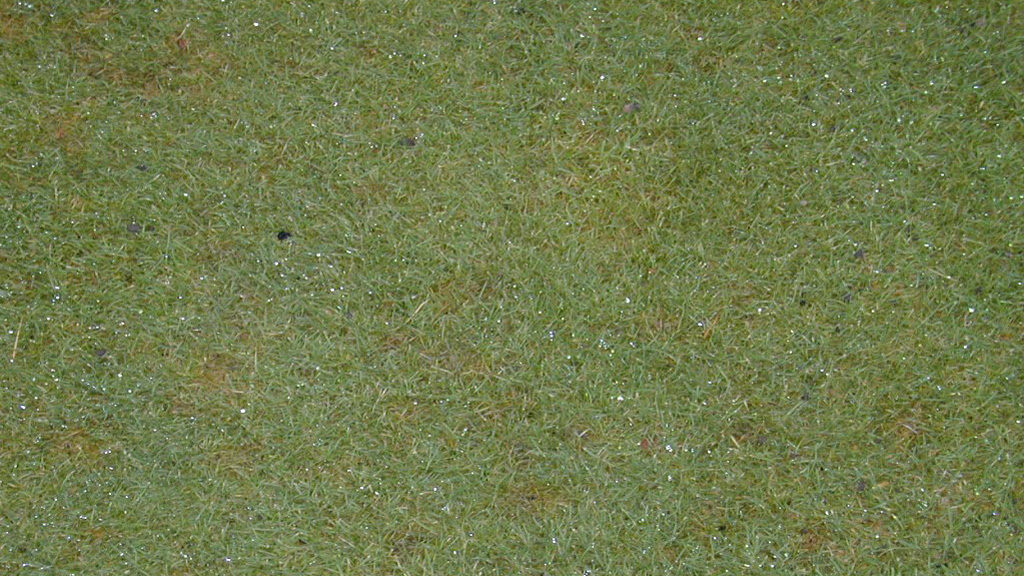
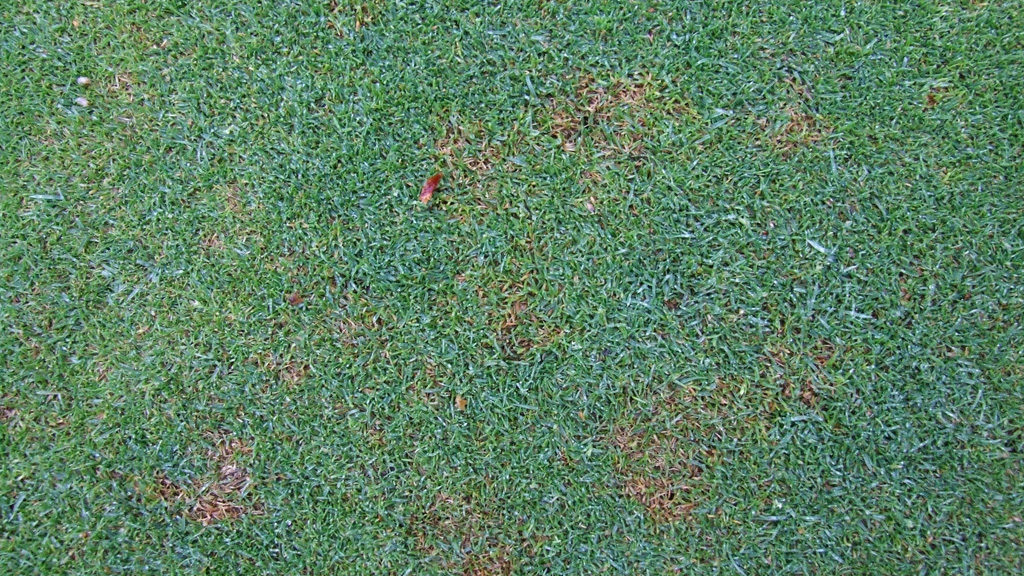
It should be remembered that in most cases this is the final timing for optimal control with most currently available turf fungicides. As soon as the very first spots of disease symptoms occur and you are applying a fungicide to control them, you will also be preventing the pathogen germinating and infecting other areas of the turf that are not showing symptoms of the disease. Therefore, especially in weather conditions conducive to disease spread, fungicide application at the very first sign of disease symptoms can prevent symptoms becoming more severe and spreading throughout the turf.
ERADICANT application occurs from when disease symptoms are observed until spores are produced and the pathogen is spreading to infect new plants (Plate 4, below). It is very difficult for currently available turf fungicides to optimally control disease at this point.
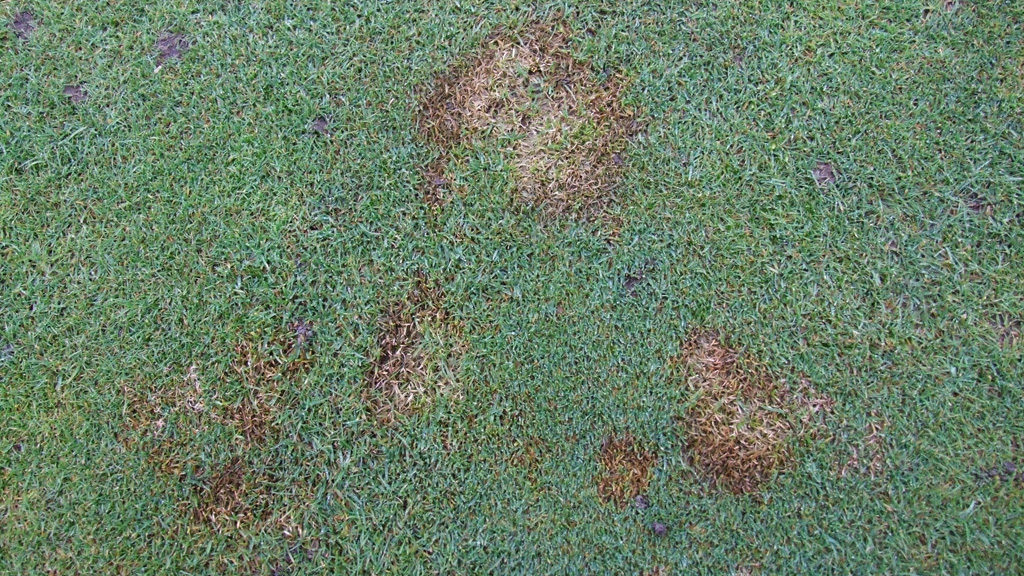
Also, even after the pathogens is controlled, the affected patches will need time to recover, meaning scars may last for many weeks and carry a constant risk of reinfection from the pathogen growing saprophytically in dead grass in scars. However, fungicide application at this point will protect the healthy grass, ensuring it does not become infected if the pathogen starts to spread from scars.
Instrata Elite has been trialled at STRI over the last two years. The most recent trials focused on application of Instrata Elite at three different stages of Microdochium nivale development, preventative, early curative and late curative.
The trials were conducted between October 2016 and March 2017 on an area of golf green turf, on a sandy loam rootzone located at STRI’s research facility in Bingley, UK. Levels of disease were extremely high during the 2016/7 winter, with diseases levels of up 60% coverage recorded in untreated plots.
The application of Instrata Elite significantly reduced disease pressure when applied at all three stages of disease development.
Preventative and very early curative provided excellent control of Microdochium Patch in these trials.
Although Instrata Elite did reduce the area affected by Microdochium Patch when applied at a late curative stage, it was not as effective as application at an earlier stage of development, leading to some disease scars being present.
In all trials, at all fungicide application timings, Instrata elite was as effective as industry standard fungicides.
These results demonstrated that the optimal timing for Instrata Elite within a fungicide programme to control Microdochium Patch is at a preventative or early curative stage, although significant reduction in disease will still occur if applied at a late curative stage.

